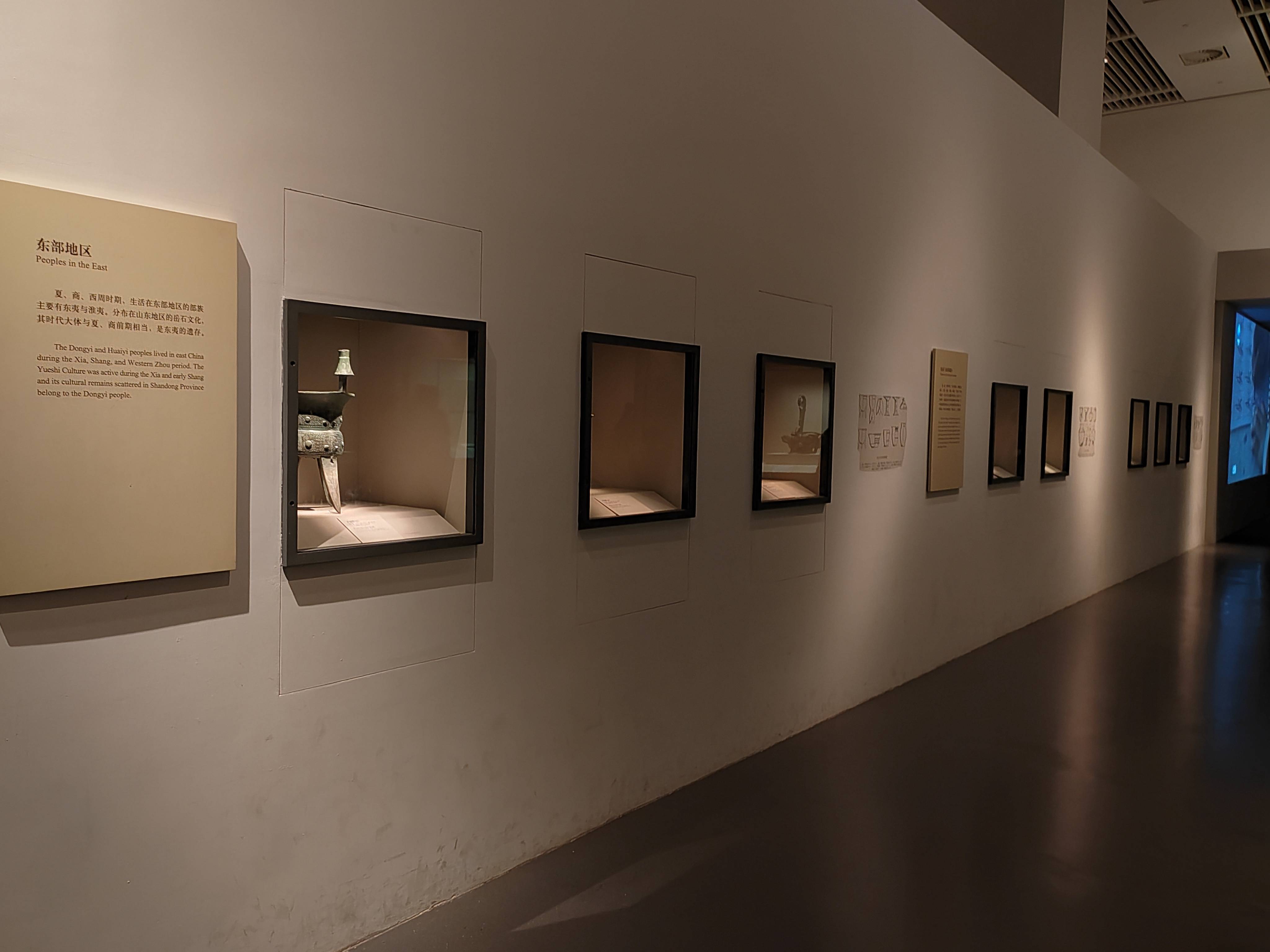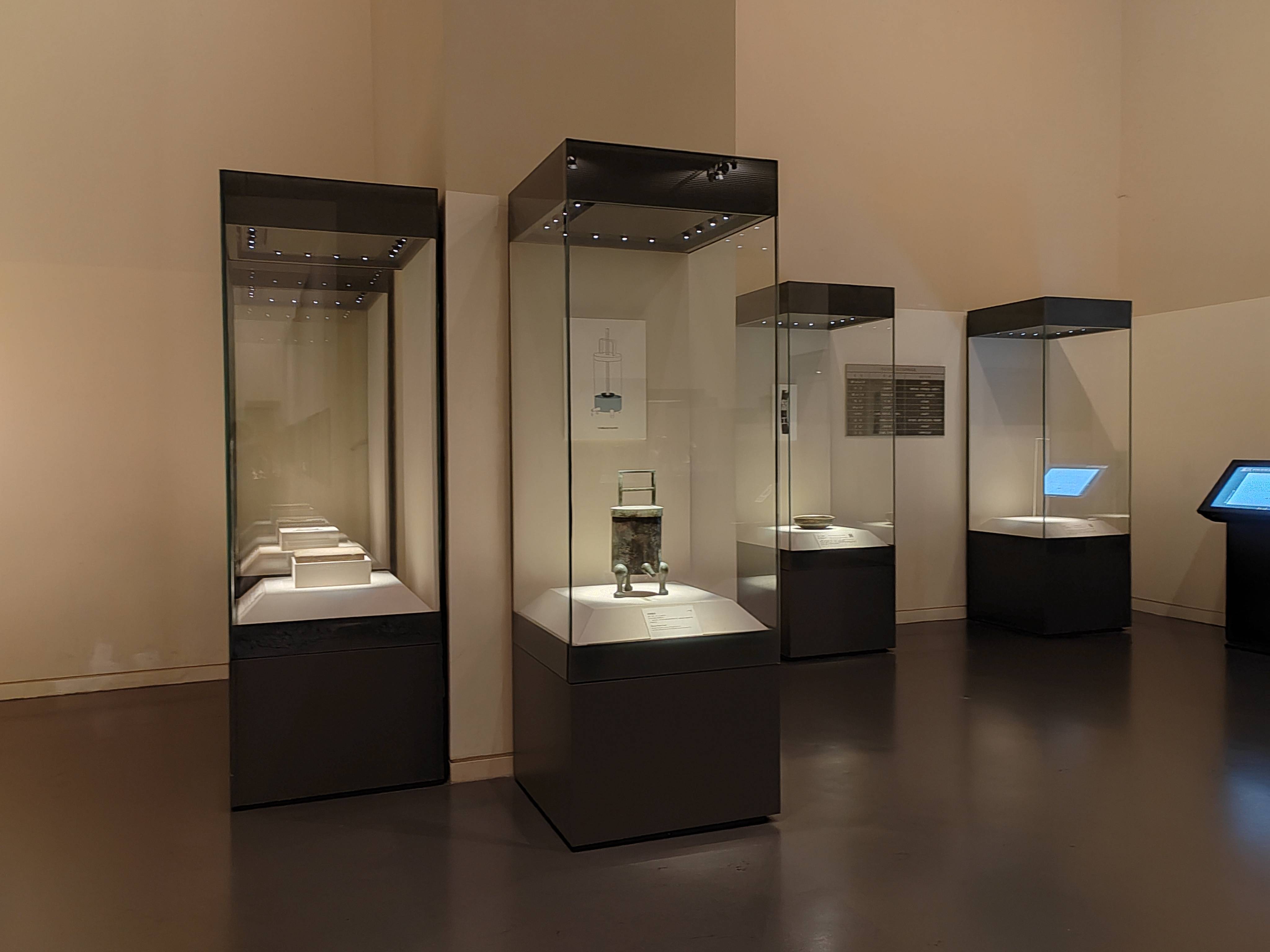& nbsp; The design standards and requirements are very important because they are directly related to the protection of cultural relics, the display effect and the safety of the audience. The following are some common standards and requirements for the design of cultural relics display cabinets:
Protection of cultural relics: One of the most important standards is the protection of cultural relics. Display cases must be able to effectively prevent cultural relics from being damaged by light, humidity, temperature, dust, pollution and touch. Usually, it is necessary to consider the use of anti-ultraviolet glass, constant temperature and humidity system, and display cabinets with good sealing performance.
Display effect: The design of the display cabinet should be able to display the cultural relics to the greatest extent, so that the audience can see and understand the importance of the cultural relics at close range. Appropriate lighting, display height and display angle should be considered.
Anti-theft and anti-damage: The display cabinet must have the ability of anti-theft and anti-damage to ensure the safety of cultural relics. This includes the use of strong materials, vandal-resistant glass, and security locks.

Constant temperature and humidity: If the cultural relic requires constant temperature and humidity conditions, the display case must be equipped with a corresponding system to maintain a stable temperature and humidity level, so as to protect the cultural relic from humidity fluctuations.
Spectator safety: The design of the display case must also consider the safety of the audience. This includes ensuring that display cases do not collapse, that visitors do not touch artifacts, and that there is a safe evacuation in the event of a fire or emergency.
Barrier-free design: The display case shall take into account the needs of persons with disabilities and persons with reduced mobility and provide barrier-free access.
Labeling and reconciliation: The display case needs to provide labels and explanations of cultural relics to help the audience understand the historical and cultural background of the objects on display. Maintain
ability: The display case should be easy to maintain and clean to keep it clean and tidy inside and outside. Adju
stability: Some cultural relics may require display cases of different sizes or heights, so the design of display cases should have some adjustability.

Ultimately, the design of the display cabinet should be tailored to the specific heritage and exhibition needs, and follow the relevant standards and guidelines of international museums and heritage conservation organizations. In addition, display case manufacturers usually provide design and manufacturing services that meet the standards. When designing the display cabinet of cultural relics, it is better to cooperate with professional exhibition planners and cultural relics protection experts to ensure the best protection and display effect.
& nbsp; Huabo Art Exhibition has been deeply engaged in the design, customization, production and installation of exhibition cabinets for more than ten years, creating quality with ingenuity and leading the future with innovation. We focus on providing one-stop display cabinet solutions
for museums, art galleries, memorials, art galleries, science and technology museums, history museums, memorials and other cultural institutions
previous:Function of Constant Temperature and Humidity System in Museum Display Cabinet
next:What elements are needed in the design of museum display cabinets?